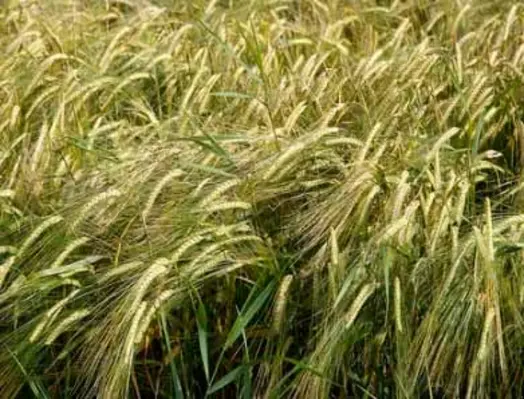The FAO Food Price Index climbed 6 per cent in July 2012 after three months of decline
Crops
Indonesia waives soybean import duty
The Indonesian government has decided to waive soybean import duty in view of the recent hike in price of the commodity
FAO Food Price Index falls again
The FAO Food Price Index fell for the third consecutive month in June 2012, dipping 1.8 per cent from May to its lowest level since September 2010
Sodrugestvo Group, Mitsui form strategic alliance

Japans Mitsui has become a 10 per cent shareholder in the Sodrugestvo Group. (Image source: Peter Pearson/Flickr)
 A new agreement has made Japan’s Mitsui & Co a 10 per cent shareholder in Luxembourg-based Sodrugestvo Group
A new agreement has made Japan’s Mitsui & Co a 10 per cent shareholder in Luxembourg-based Sodrugestvo Group Cargill sells 32,000 tonnes of Indian wheat to Indonesia

Cargill Inc has sold nearly 32,000 tonnes of Indian wheat to Indonesian firm. (Image source: cargill.com)
Agribusiness major Cargill Inc has sold about 32,000 tonnes of Indian wheat to Indonesias Bogasari flour mills in the first large shipment of the grain to Asia in at least seven years




